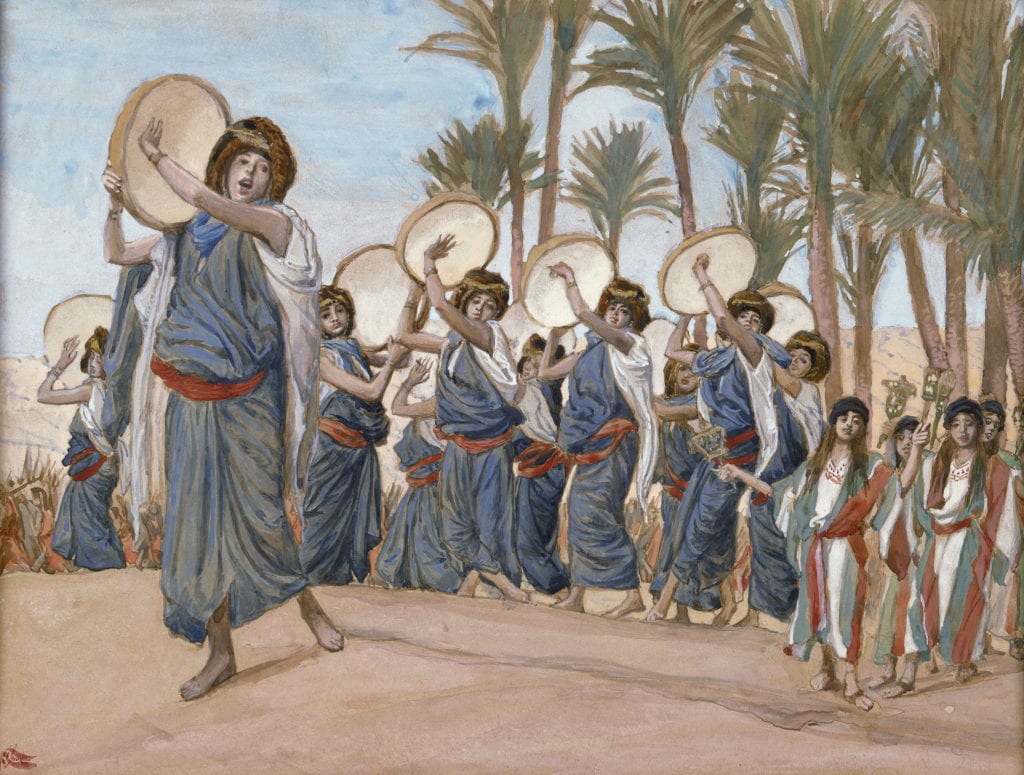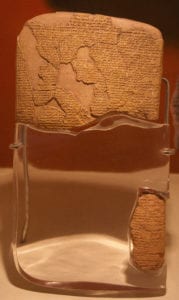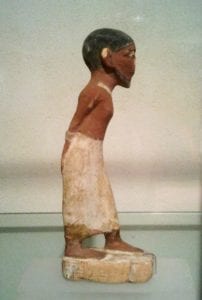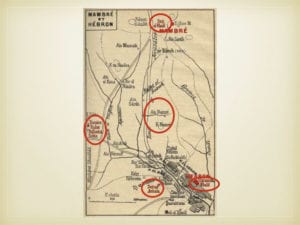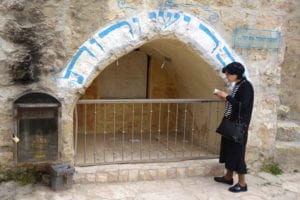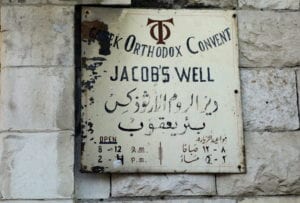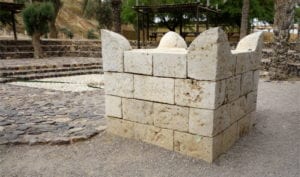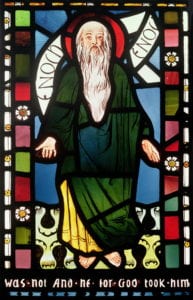
An Old Testament KnoWhy relating to the reading assignment for Gospel Doctrine Lesson 19: The Reign of the Judges (Judges 2; 4; 6-7; 13-16) (JBOTL19A)
Question: The Bible account of Creation explains very little about the formation of the solar system or the biological origin of life. Archaeological evidence sometimes directly contradicts it, its laws of diet and purity seem irrelevant, and its prophecies are largely unintelligible. Why should I spend my time studying the Old Testament when I could be focusing my attention instead on up-to-date history and science or on the practical, ethical teachings of Jesus that teach us how we should live.
Summary: Having most recently discussed archaeological findings that relate to the books of Joshua and Judges, and having written prior to that on the historical context of the Exodus, I would now like to consider the larger question of why and how one might study the Old Testament. Specifically, in this article, I will explain why I think it is important to counterbalance the study of scripture in its historical and scientific context with traditional forms of scripture reading. First, it should not be forgotten that the Old Testament provides essential background not only for Jesus’ teachings on how we should live from day to day but also on His words about the meaning and purpose of life from an eternal perspective. Relatively little of the rest of scripture — whether ancient or modern — can be adequately understood without reference to its Old Testament backdrop. Sadly, given the common tendency today to treat the stories of the Old Testament as targets of humor and caricature (when they are not ignored altogether), it is difficult for some people to take them seriously. However, serious study of the Old Testament will reveal not merely tales of “piety or … inspiring adventures” but in addition carefully crafted narratives from a highly sophisticated culture that frequently preserve “deep memories” of doctrinal understanding. We do an injustice both to these marvelous records and to ourselves when we treat them merely as pseudo-science, botched history, or careless editorial paste-up jobs. A doctrinal perspective on the Old Testament should always remain central to our efforts to appreciate and understand it, even while acknowledging the significant enrichment that historical, scientific, and textual studies can provide in a secondary role.
The full article may be found at the Interpreter Foundation website: KnoWhy OTL19A — Why and How Should We Study the Old Testament?
See https://www.youtube.com/watch?v=aXiVXmUBqn0 for a 15-minute excerpt from the 1960’s church film “The Search for Truth” posted on the Interpreter channel. It contains an opening statement by President David O. McKay on the value of science and the search for truth, followed by perspectives from prominent scientists, including Henry Eyring.
